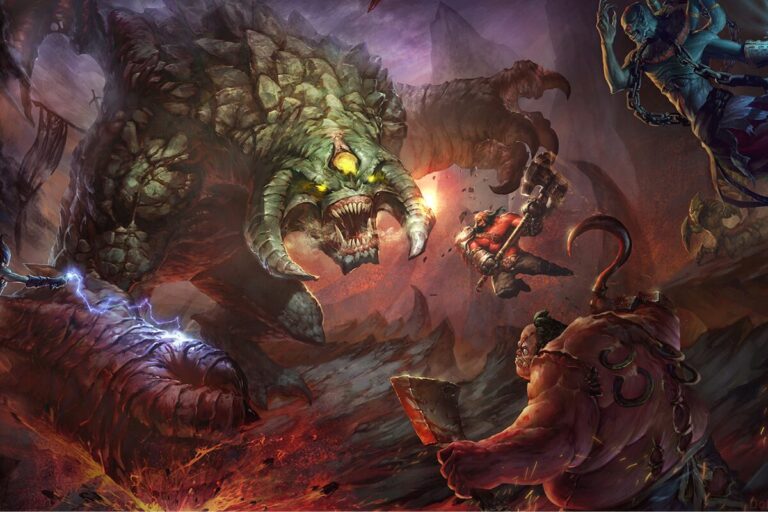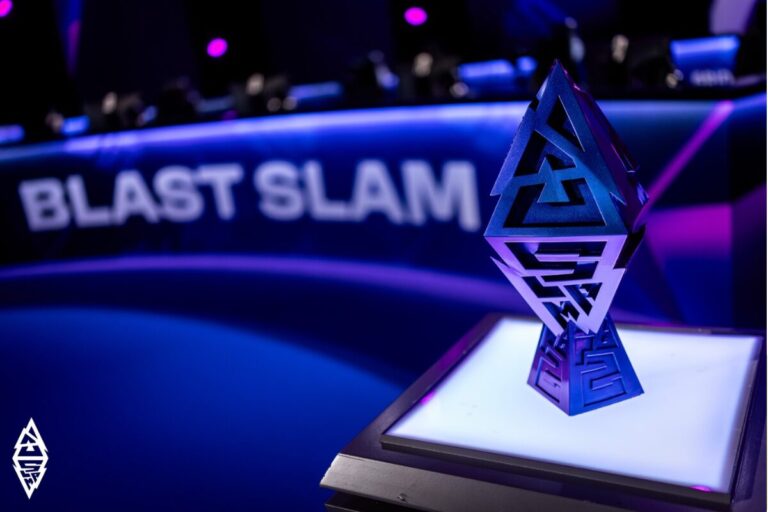
The Dota 2 YouTube hack caught the gaming world off guard when fans tuned in expecting match highlights but instead found a suspicious “official meme coin launch.” On October 15, 2025, both the Dota 2 and PGL YouTube channels began livestreaming what appeared to be a Valve-backed announcement for a new Solana-based cryptocurrency called dota2coin.
The broadcast looked convincing—complete with Dota 2’s iconic branding, familiar announcer voices, and animated logos. Within an hour, viewers noticed something was off. The chat was flooded with “airdrop links” and “limited-time offer” messages urging fans to buy early. It wasn’t long before esports Reddit threads and X (formerly Twitter) posts exploded with warnings that the streams were crypto scams disguised as official events.
This wasn’t an isolated case either. Other major esports channels like ESL, BLAST Counter-Strike, and Mobile Legends MPL Indonesia were hit by similar livestream takeovers that night. The attack revealed how fragile even verified gaming accounts can be when targeted by coordinated cybercriminals.
How the Attack Unfolded – Dota 2 YouTube Hack
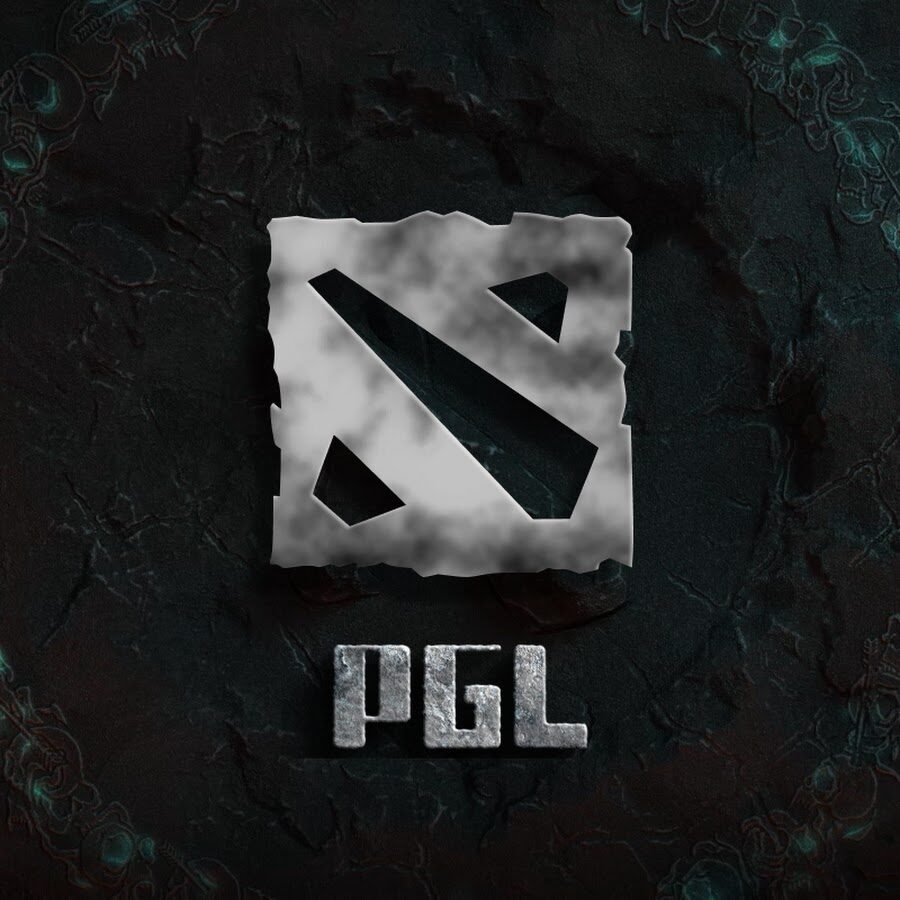
The breach started late in the evening (GMT+8). The Dota 2 YouTube page suddenly displayed a stream titled “Dota 2 Official Meme Coin Launch | Hurry Up.” The presentation was sleek, featuring countdowns, flashy graphics, and even Valve’s logo to sell authenticity.
Within the next hour, PGL’s official YouTube account was compromised as well. Viewers who clicked the “buy link” in the description were redirected to Pump.fun, a Solana-based platform that allows anyone to create meme coins. There, a token called dota2coin was listed—created just hours before the stream began.
Fans on Reddit’s r/DotA2 community quickly spread screenshots, urging others not to interact with the links. The response was swift: by midnight, YouTube had removed the livestreams and restored both channels by the next morning.
Here’s a quick breakdown of how the timeline played out:
| Time (GMT+8) | Event |
|---|---|
| 10:45 PM | Dota 2 YouTube starts “official” meme coin livestream |
| 11:30 PM | PGL channel compromised, same stream appears |
| 12:10 AM | Reddit and X users issue warnings |
| 2:00 AM | YouTube removes streams and suspends suspicious wallets |
| 8:00 AM | Dota 2 and PGL channels restored |
While the recovery was relatively fast, the damage to public trust was done. Thousands of viewers saw the fake streams before they were taken down.
Anatomy of the Scam
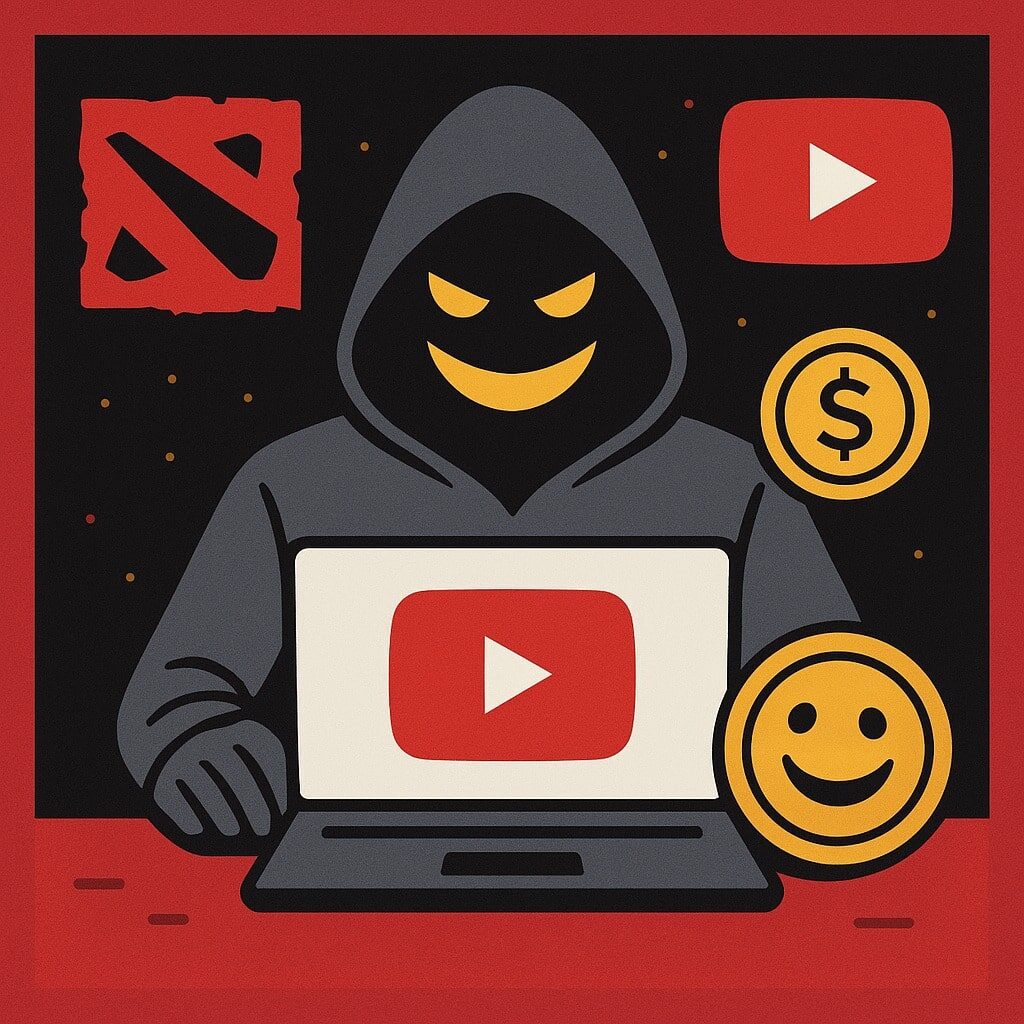
The crypto scam used a classic “pump-and-dump” setup disguised as a gaming announcement. The token, dota2coin, briefly reached a market cap above $5,000 before crashing more than 20% within minutes as scammers offloaded their holdings. Blockchain analysis later showed that a single wallet controlled over 98% of the supply, confirming it was never intended to be a real project.
To boost credibility, scammers replicated the stream across multiple gaming channels. The visuals were identical, and the chatbots pushed urgency messages like “Limited time drop!” and “Hurry before it ends!”—pressuring viewers to act fast.
The attack exploited three key psychological triggers:
- Authority: Using Valve’s branding created trust.
- Urgency: Timed countdowns and fast-expiring offers made viewers panic.
- Social Proof: Multiple esports channels broadcasting the same stream gave it legitimacy.
These tactics have become increasingly common in fake Elon Musk crypto giveaways and other livestream scams that exploit YouTube’s live feature to reach huge audiences fast.
How the Hackers Gained Access
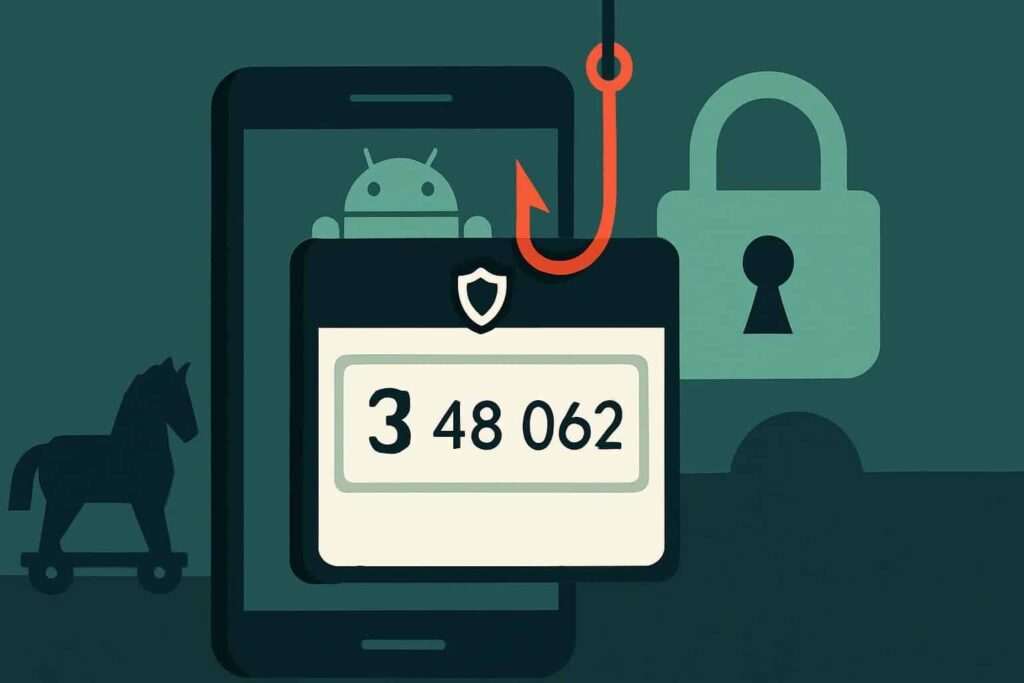
Cybersecurity experts believe the breach originated from phishing emails sent to content managers at the affected esports organizations. These emails likely posed as sponsorship proposals or event collaborations. Once an unsuspecting employee clicked the malicious link, hackers could steal session tokens—a type of digital key that lets them log in without triggering two-factor authentication.
Some analysts also noted that a global YouTube outage occurred the same night, affecting video playback across regions. While YouTube hasn’t confirmed any link, some cybersecurity researchers suspect that the hackers might have exploited a temporary authentication flaw or Android 2FA vulnerability.
What stood out most was the coordination. The attacks hit multiple esports channels within minutes, used identical pre-recorded footage, and shared synchronized metadata and stream titles. On-chain data later confirmed a pattern of automated token liquidation, showing that this was not a small-time scam but a well-orchestrated campaign.
To summarize the technical clues:
- Phishing emails mimicked esports sponsors.
- Session hijacking bypassed 2FA.
- Automated wallet actions suggested pre-programmed execution.
These indicators point to a professional, organized group rather than lone attackers.
Esports Community and Industry Response – Dota 2 YouTube Hack
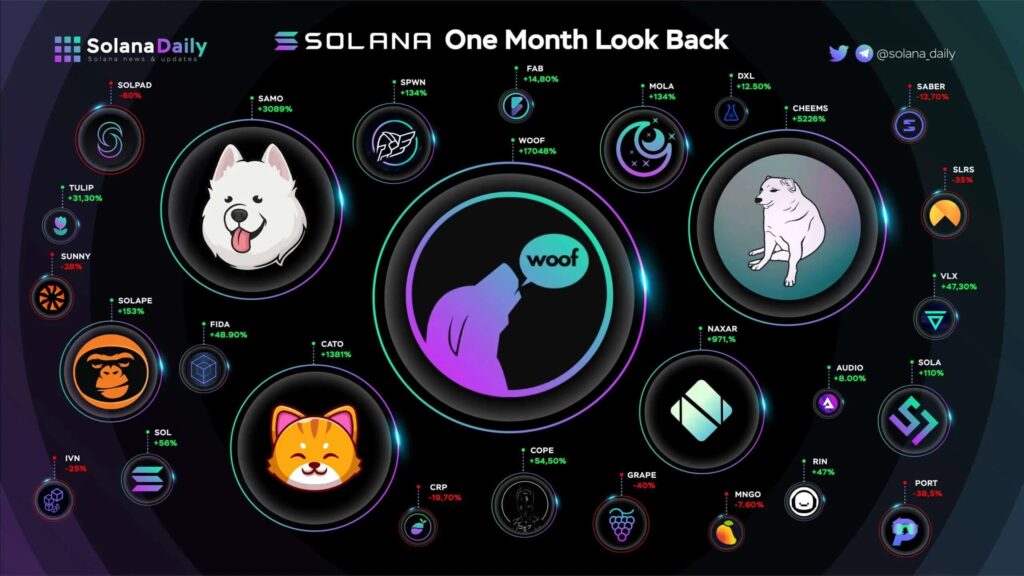
The community’s reaction was immediate and united. Fans and influencers quickly spread alerts, tagging YouTube, Valve, and PGL to report the fraudulent streams. Esports commentator Brad Lynch and other industry voices amplified the warnings, helping minimize financial losses.
However, the silence from Valve and PGL frustrated many. Fans expected an official statement or reassurance that stronger safeguards were being put in place. As of late October, neither organization has commented publicly on the incident.
Experts across industries weighed in afterward:
- Cybersecurity analysts pointed out that YouTube account hijackings for crypto scams have surged since 2020.
- Solana ecosystem educators criticized how tools like Pump.fun can be easily abused by scammers.
- Gaming security advocates called for hardware-based authentication, proactive monitoring, and digital literacy campaigns for esports staff.
The message from the community was clear: education and awareness are now as important as firewalls.
What Comes Next for Gaming Security – Dota 2 YouTube Hack
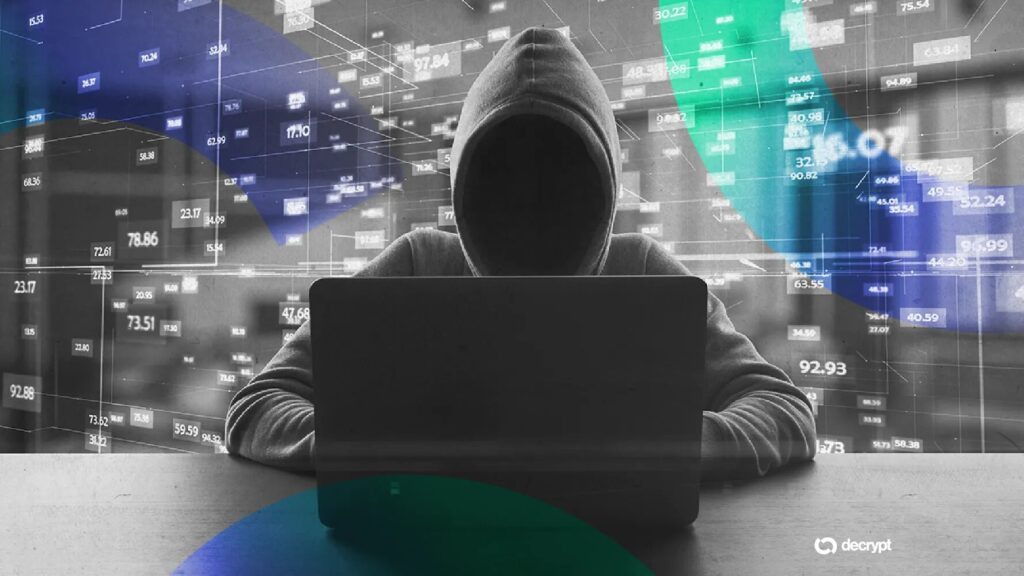
The Dota 2 YouTube hack is more than a one-night scandal—it’s a signal that gaming and crypto are becoming dangerously intertwined. Fans now question whether future announcements on YouTube can be trusted, and brands are rethinking how they secure their digital presence.
For YouTube, this event raises tough questions about creator protection. Session hijacking remains one of the biggest threats, yet the platform’s detection tools often react after the damage is done. Esports organizations, on the other hand, need dedicated cybersecurity teams capable of responding in real time to unusual activity.
For viewers, the takeaway is straightforward:
- Always double-check links before clicking.
- Follow official statements from verified social media, not just YouTube.
- Report suspicious streams immediately.
The hack may have ended quickly, but it revealed lasting vulnerabilities in the world of esports broadcasting. As gaming and crypto continue to overlap, the fight for trust and security will shape the next era of digital entertainment.
Closing Thought:
The Dota 2 YouTube hack reminded everyone that even the most established gaming institutions are vulnerable. In this new digital battleground, security—not skill—may be the deciding factor in protecting the esports community.

